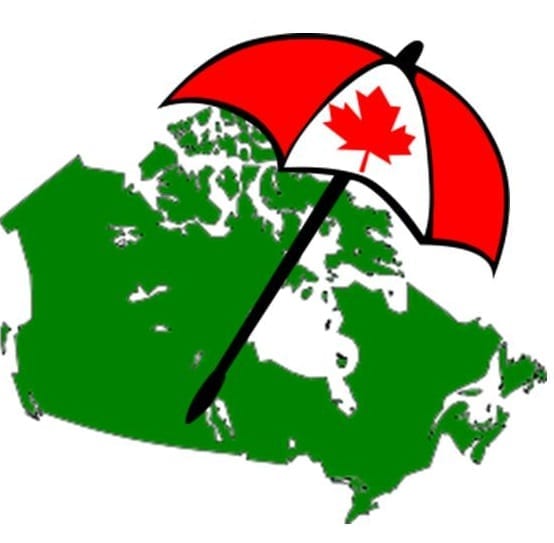Officials in Canada are cautioning consumers and insurers that storms are getting stronger.
The Insurance Bureau of Canada (IBC) has released a statement that cautions the insurance industry that the severity, frequency, and therefore the cost of extreme weather in the country is on the increase.
It also noted that Alberta has experienced the greatest increase in severe weather occurrences.
According to Don Forgeron, from the IBC, “The insurance industry claim payouts are the canary in the coal mine.” The amount of damage caused by severe weather events, and the cost associated with them, are one of the very first indicators that can show that these occurrences are on the rise and that they are becoming more expensive.
The insurance industry is among the first to note this type of change because its costs are directly linked to it.
 According to the IBC report, 67 percent of the severe weather disaster payouts that are made in Canada are for claims made in Alberta. Forgeron, the CEO of the organization, said that the Canadian insurance industry has been unprepared for the sudden increase in catastrophic weather events.
According to the IBC report, 67 percent of the severe weather disaster payouts that are made in Canada are for claims made in Alberta. Forgeron, the CEO of the organization, said that the Canadian insurance industry has been unprepared for the sudden increase in catastrophic weather events.
He explained that the insurance industry has been seeing a steady and predictable pattern and that this has changed dramatically. “Storms that used to happen once every 40 or 50 years are now happening once every 15 or 20 years.” He added that “as a country we’ve just done nothing to prepare ourselves for this eventuality.”
Annual payouts that are being made by the insurance industry for windstorms, flooding, and fire have increased by nearly $100 million over what they were about a decade ago. However, from 2009 to 2012, those payouts increased by $1 billion. Last year alone, the province of Alberta saw $530 million in damages from hailstorms.
Forgeron explained that the insurance industry has been monitoring that province and that there has been a history of expecting issues such as drought, rain, and hail, as that type of problem has been historically recorded for more than a century. However, now there are considerably more of these events occurring, on both ends of the spectrum.
